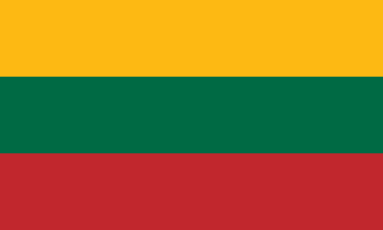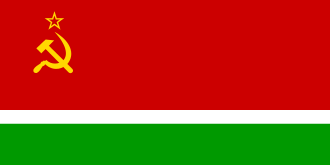|
Raseiniai Kehila |
|
Raseiniai Where once we walked |
 |
Raseiniai:- Researchers visits to Raseiniai and other regions in Lithuania; Their impressions.
I visited Lithuaninia in 2005 with my wife, son and his wife. Not knowing where my ancestors lived in the town, we were quite happy just to walk down the main streets and stand in a town square. I recall visiting a restaurant in Raseiniai. Not wanting to eat pork, my son pointed to something on the menue and made the noise of a pig grunting, and a chicken cackling. The young waitress shook her head violently and let out a wailfull 'Moooo'. Dinner was beef. Many of our researchers have visited Lithuania to revisit their roots. Some have brought home wonderful memories, some brought back sadness over what happened to family that remained there. Some have put their impressions into words, to share with the rest of us. This space is dedicated to those impressions. Please follow the link below
Linda Morzillo visited Lithuania and Raseiniai in 2007 with a roots tour. This is her diary.
The flag of Lithuania (above) consists of a horizontal Tricolour ofyellow, green and red. It was re-adopted on March 20, 1989, almost two years before there-establishment of Lithuania's independenceand more than three years before the collapse of the Soviet Union. It was first used in Lithuania's first period of independence (in the 20th century) from 1918 to 1940, which ceased with the occupation first by Soviet Russia and Lithuania's illegal annexation into the Soviet Union, and then by Nazi Germany (1941–44). During the post-WW2 Soviet occupation, from 1945 until 1989, the Soviet Lithuanian flag consisted first of a generic red Soviet flag with the name of the republic, then changed to the red flag with white and green bars at the bottom. The last alteration to the current flag occurred in 2004 when the aspect ratio changed from 1:2 to 3:5.
|
|
|
|
HOME
|
|
|
Compiled
by
Other Links KehilaLinks Home Page http://kehilalinks.jewishgen.org Link to JewishGen
This page is hosted at no cost to the public by JewishGen, Inc., a non-profit corporation. If it has been useful to you, or if you are moved by the effort to preserve the memory of our lost communities, your JewishGen-erosity would be deeply appreciated.
|


